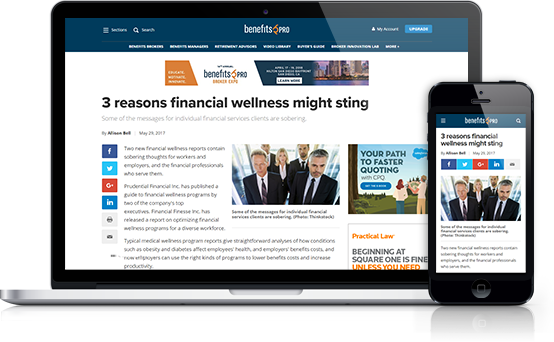 (Photo: Shutterstock)
(Photo: Shutterstock)
For the first time ever, employers have as many as five generations in the workplace, and as retirement funds suffer the consequences of a faltering economy, it's likely that trend will continue. According to the Bureau of Labor Statistics, by 2026, about two-thirds of people aged 55-64 are expected to remain on the job, and about 30% of people ages 65-74 will likely still be employed full- or part-time. Meanwhile, with some 90 million Gen Z'ers expected to enter the workforce this year, there have never been more generations working together all at once.
Recommended For You
Complete your profile to continue reading and get FREE access to BenefitsPRO, part of your ALM digital membership.
Your access to unlimited BenefitsPRO content isn’t changing.
Once you are an ALM digital member, you’ll receive:
- Breaking benefits news and analysis, on-site and via our newsletters and custom alerts
- Educational webcasts, white papers, and ebooks from industry thought leaders
- Critical converage of the property casualty insurance and financial advisory markets on our other ALM sites, PropertyCasualty360 and ThinkAdvisor
Already have an account? Sign In Now
© 2025 ALM Global, LLC, All Rights Reserved. Request academic re-use from www.copyright.com. All other uses, submit a request to [email protected]. For more information visit Asset & Logo Licensing.








